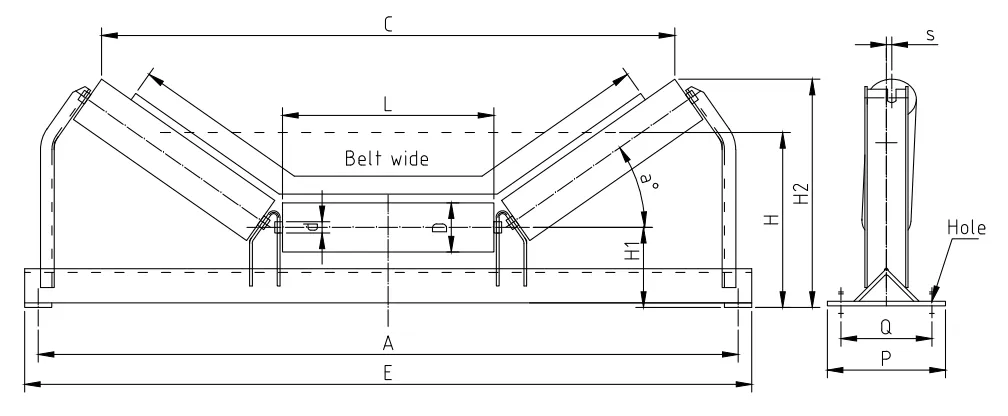 Afrikaans
Afrikaans  Albanian
Albanian  Amharic
Amharic  Arabic
Arabic  Armenian
Armenian  Azerbaijani
Azerbaijani  Basque
Basque  Belarusian
Belarusian  Bengali
Bengali  Bosnian
Bosnian  Bulgarian
Bulgarian  Catalan
Catalan  Cebuano
Cebuano  Corsican
Corsican  Croatian
Croatian  Czech
Czech  Danish
Danish  Dutch
Dutch  English
English  Esperanto
Esperanto  Estonian
Estonian  Finnish
Finnish  French
French  Frisian
Frisian  Galician
Galician  Georgian
Georgian  German
German  Greek
Greek  Gujarati
Gujarati  Haitian Creole
Haitian Creole  hausa
hausa  hawaiian
hawaiian  Hebrew
Hebrew  Hindi
Hindi  Miao
Miao  Hungarian
Hungarian  Icelandic
Icelandic  igbo
igbo  Indonesian
Indonesian  irish
irish  Italian
Italian  Japanese
Japanese  Javanese
Javanese  Kannada
Kannada  kazakh
kazakh  Khmer
Khmer  Rwandese
Rwandese  Korean
Korean  Kurdish
Kurdish  Kyrgyz
Kyrgyz  Lao
Lao  Latin
Latin  Latvian
Latvian  Lithuanian
Lithuanian  Luxembourgish
Luxembourgish  Macedonian
Macedonian  Malgashi
Malgashi  Malay
Malay  Malayalam
Malayalam  Maltese
Maltese  Maori
Maori  Marathi
Marathi  Mongolian
Mongolian  Myanmar
Myanmar  Nepali
Nepali  Norwegian
Norwegian  Norwegian
Norwegian  Occitan
Occitan  Pashto
Pashto  Persian
Persian  Polish
Polish  Portuguese
Portuguese  Punjabi
Punjabi  Romanian
Romanian  Russian
Russian  Samoan
Samoan  Scottish Gaelic
Scottish Gaelic  Serbian
Serbian  Sesotho
Sesotho  Shona
Shona  Sindhi
Sindhi  Sinhala
Sinhala  Slovak
Slovak  Slovenian
Slovenian  Somali
Somali  Spanish
Spanish  Sundanese
Sundanese  Swahili
Swahili  Swedish
Swedish  Tagalog
Tagalog  Tajik
Tajik  Tamil
Tamil  Tatar
Tatar  Telugu
Telugu  Thai
Thai  Turkish
Turkish  Turkmen
Turkmen  Ukrainian
Ukrainian  Urdu
Urdu  Uighur
Uighur  Uzbek
Uzbek  Vietnamese
Vietnamese  Welsh
Welsh  Bantu
Bantu  Yiddish
Yiddish  Yoruba
Yoruba  Zulu
Zulu Understanding Belt Drive Idler Systems for Improved Efficiency and Performance in Machinery
Understanding Belt Drive Idlers Function and Importance
Belt drives are crucial components in numerous mechanical systems, providing efficient power transmission between rotating shafts. In these systems, an often-overlooked yet vital element is the belt drive idler. Idlers are pulleys that guide, tension, and support the belt in a drive system, ensuring optimal performance and longevity.
What is a Belt Drive Idler?
A belt drive idler is essentially a roller or pulley that is used within a belt drive system. It does not act as a driven component but plays an essential role in maintaining the appropriate tension in the belt and helping to guide it along its intended path. Idlers can be found in various configurations, including fixed or adjustable types, and can be used in different applications, from automotive engines to industrial machinery.
Functions of Belt Drive Idlers
1. Tension Maintenance One of the primary functions of an idler is to maintain the correct tension in the belt. Adequate tension is vital for efficient power transfer and to prevent slippage, which can lead to increased wear and potential failure of the drive system.
2. Belt Alignment Idlers help guide the belt, ensuring it remains aligned with the pulleys. Proper alignment minimizes friction and wear, ultimately extending the life of both the belt and the driven components.
3. Reducing Vibration and Noise By providing additional contact points, idlers reduce the vibration and noise that can occur in belt drive systems. This contributes to a smoother operation, improving both performance and user comfort.
belt drive idler

4. Supporting the Belt Path In long belt runs, idlers offer vital support that helps maintain the geometry of the system. They prevent excessive sagging and bending of the belt, which can lead to operational inefficiencies and mechanical issues.
Types of Idlers
Belt drive idlers come in various types, each designed for specific applications. Commonly encountered types include
- Adjustable Idlers These allow for tension adjustments, enabling fine-tuning to accommodate belt stretch over time or variations in load.
- Fixed Idlers These are set at a specific location and provide consistent tension and guidance.
- Aligning Idlers These ensure the belt maintains its proper path, often found in systems with multiple belts or complex routing.
Conclusion
Belt drive idlers play an indispensable role in the performance and reliability of belt drive systems. Their importance in tension maintenance, alignment, noise reduction, and support cannot be overstated. Proper selection, installation, and maintenance of idlers contribute significantly to the efficiency and longevity of mechanical systems. As technology evolves, the design and materials used for idlers continue to improve, leading to enhanced performance and reduced downtime in various applications, from simple conveyance systems to complex industrial machinery. A well-maintained belt drive system with effective idlers can lead to significant operational savings and increased productivity. Understanding their functions and selecting the right type is crucial for anyone involved in the design or maintenance of belt drive systems.
-
Revolutionizing Conveyor Reliability with Advanced Rubber Lagging PulleysNewsJul.22,2025
-
Powering Precision and Durability with Expert Manufacturers of Conveyor ComponentsNewsJul.22,2025
-
Optimizing Conveyor Systems with Advanced Conveyor AccessoriesNewsJul.22,2025
-
Maximize Conveyor Efficiency with Quality Conveyor Idler PulleysNewsJul.22,2025
-
Future-Proof Your Conveyor System with High-Performance Polyurethane RollerNewsJul.22,2025
-
Driving Efficiency Forward with Quality Idlers and RollersNewsJul.22,2025





























